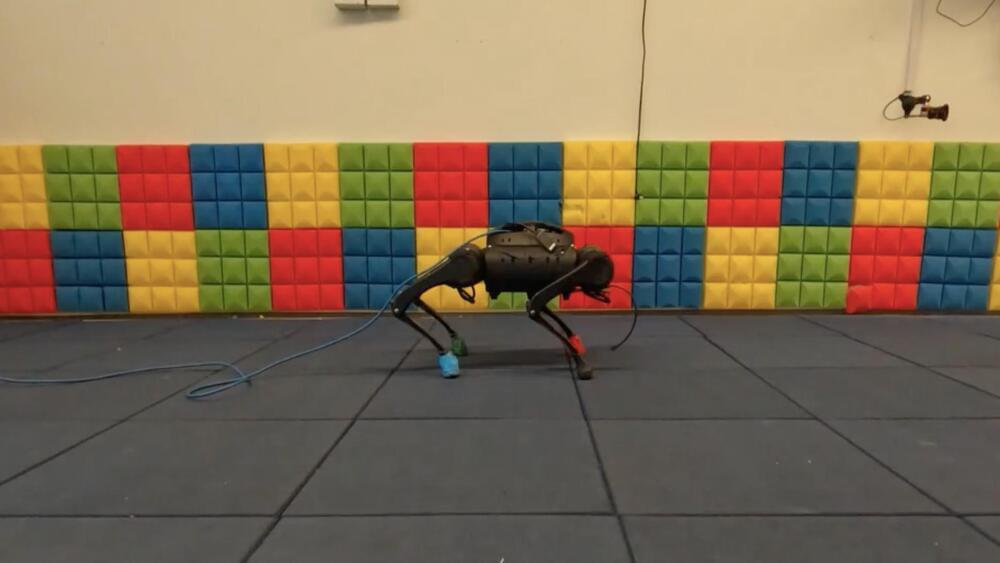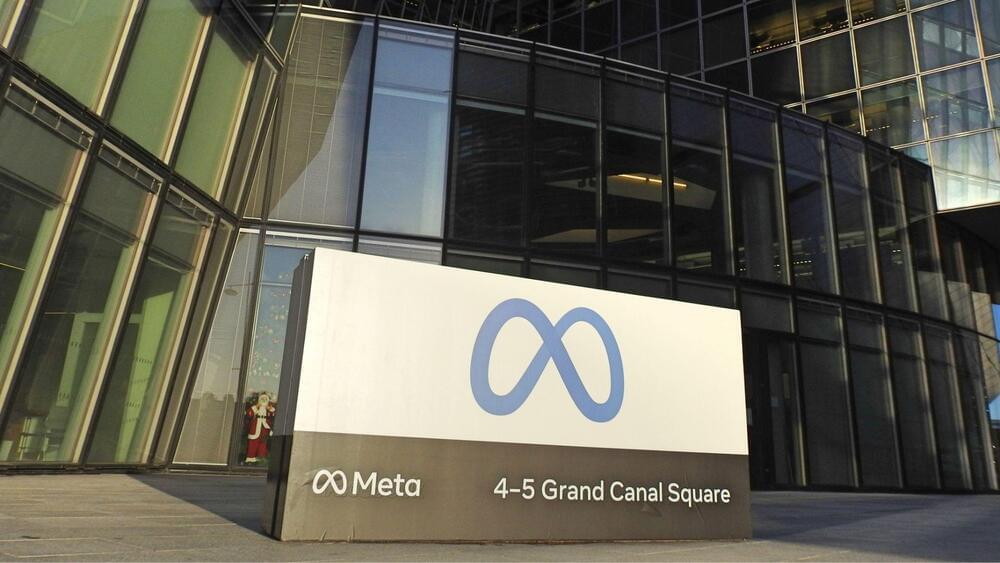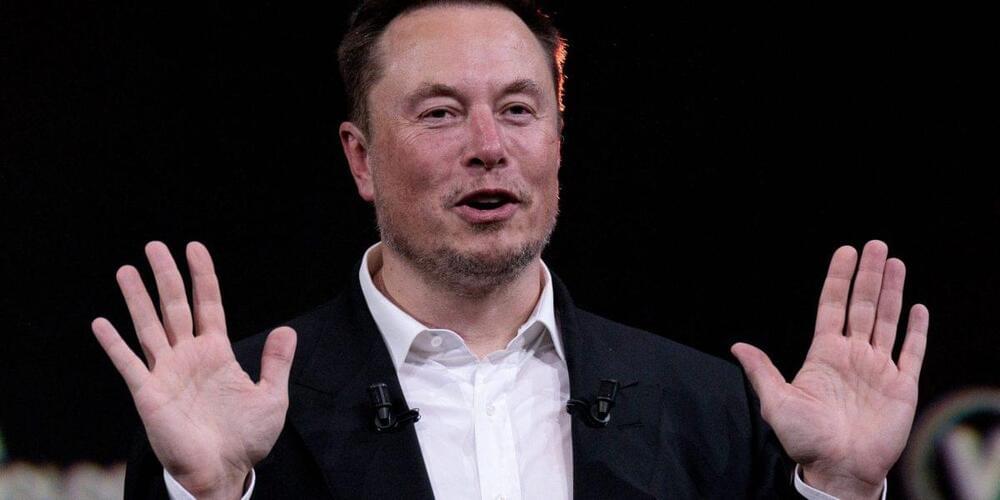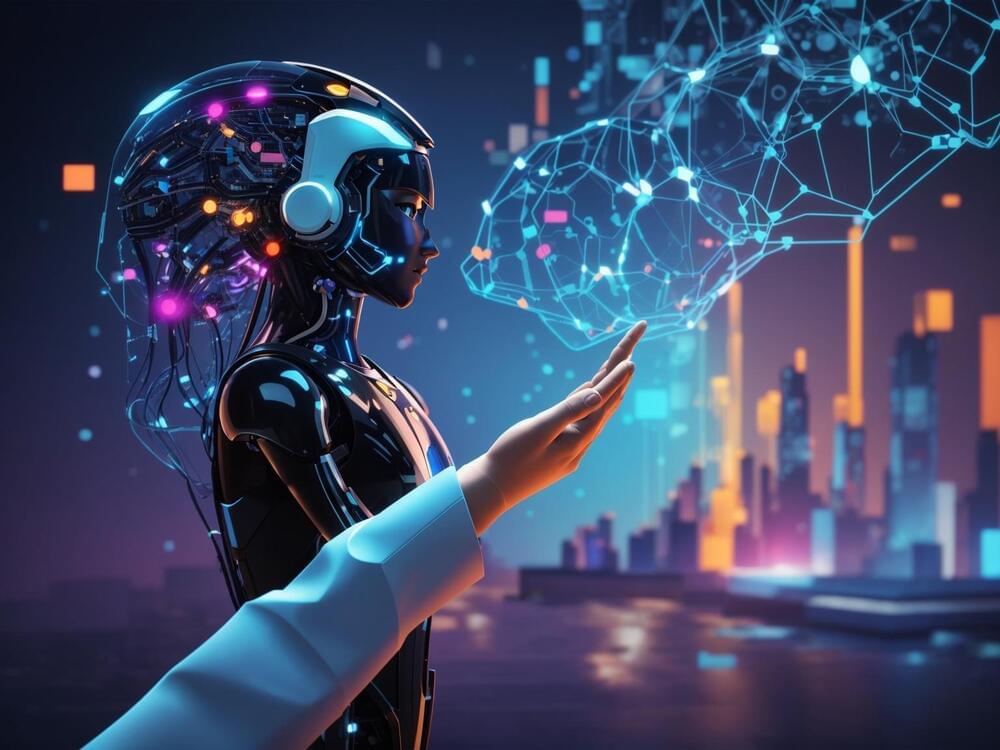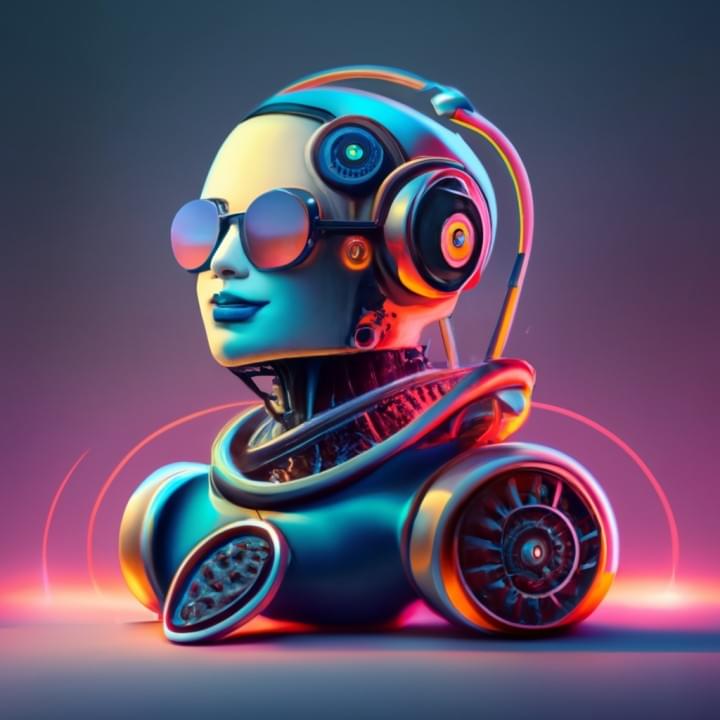To explore the association between a chemical’s structure and its odour, Wiltschko and his team at Osmo designed a type of artificial intelligence (AI) system called a neural network that can assign one or more of 55 descriptive words, such as fishy or winey, to an odorant. The team directed the AI to describe the aroma of roughly 5,000 odorants. The AI also analysed each odorant’s chemical structure to determine the relationship between structure and aroma.
The system identified around 250 correlations between specific patterns in a chemical’s structure with a particular smell. The researchers combined these correlations into a principal odour map (POM) that the AI could consult when asked to predict a new molecule’s scent.
To test the POM against human noses, the researchers trained 15 volunteers to associate specific smells with the same set of descriptive words used by the AI. Next, the authors collected hundreds of odorants that don’t exist in nature but are familiar enough for people to describe. They asked the human volunteers to describe 323 of them and asked the AI to predict each new molecule’s scent on the basis of its chemical structure. The AI’s guess tended to be very close to the average response given by the humans — often closer than any individual’s guess.



